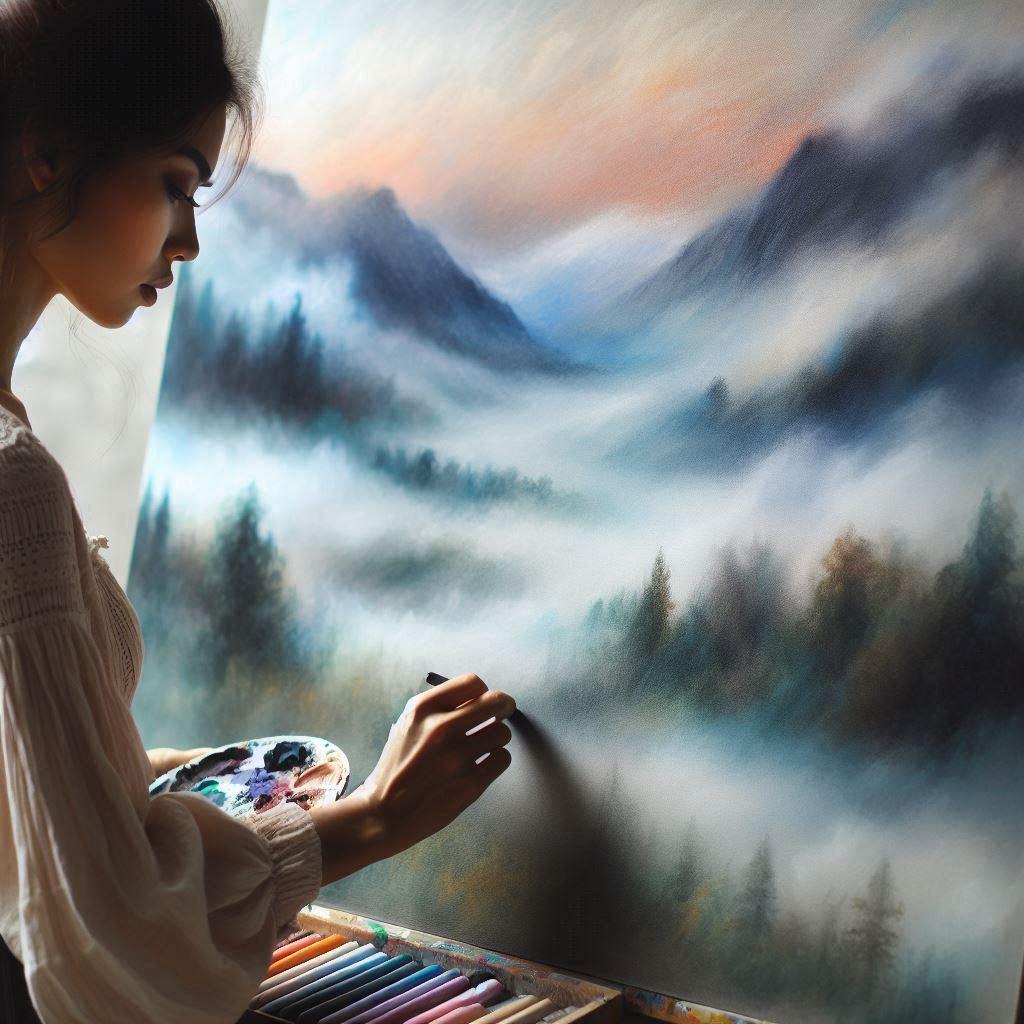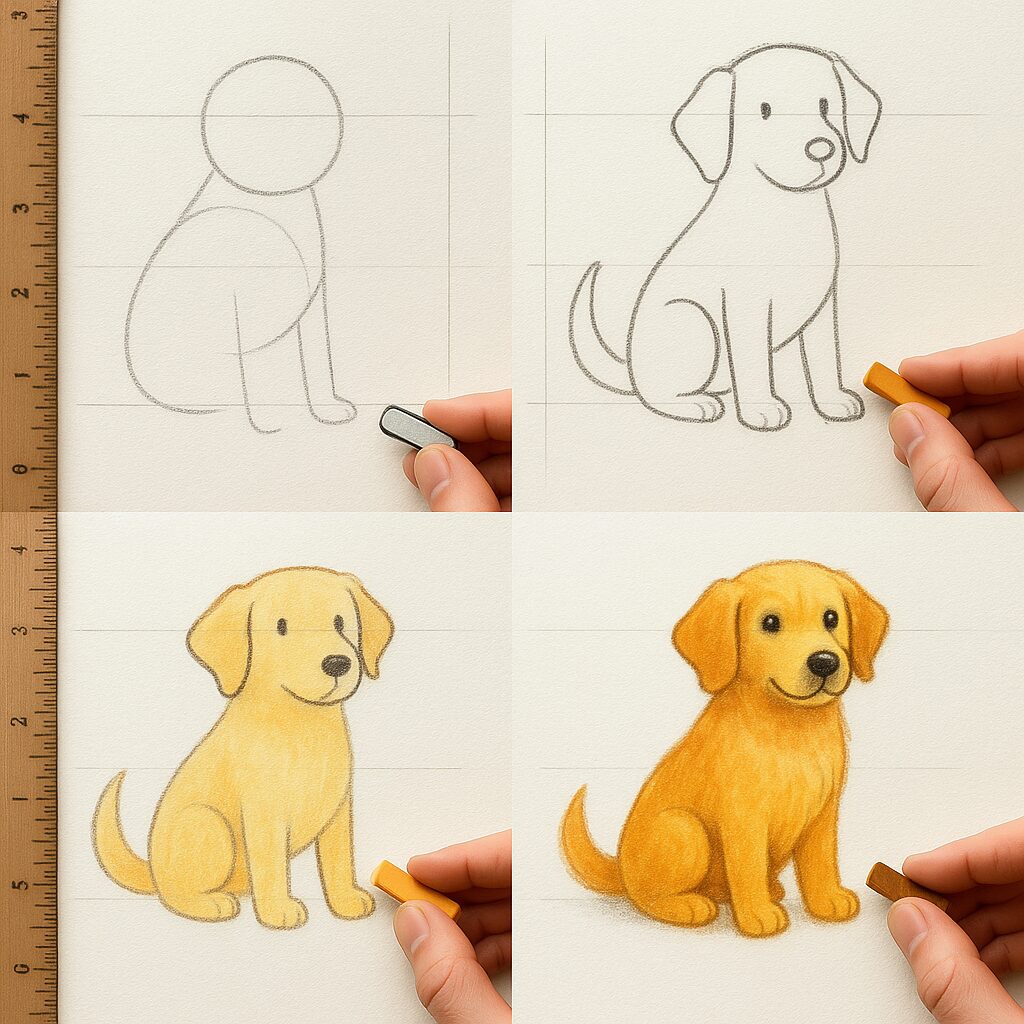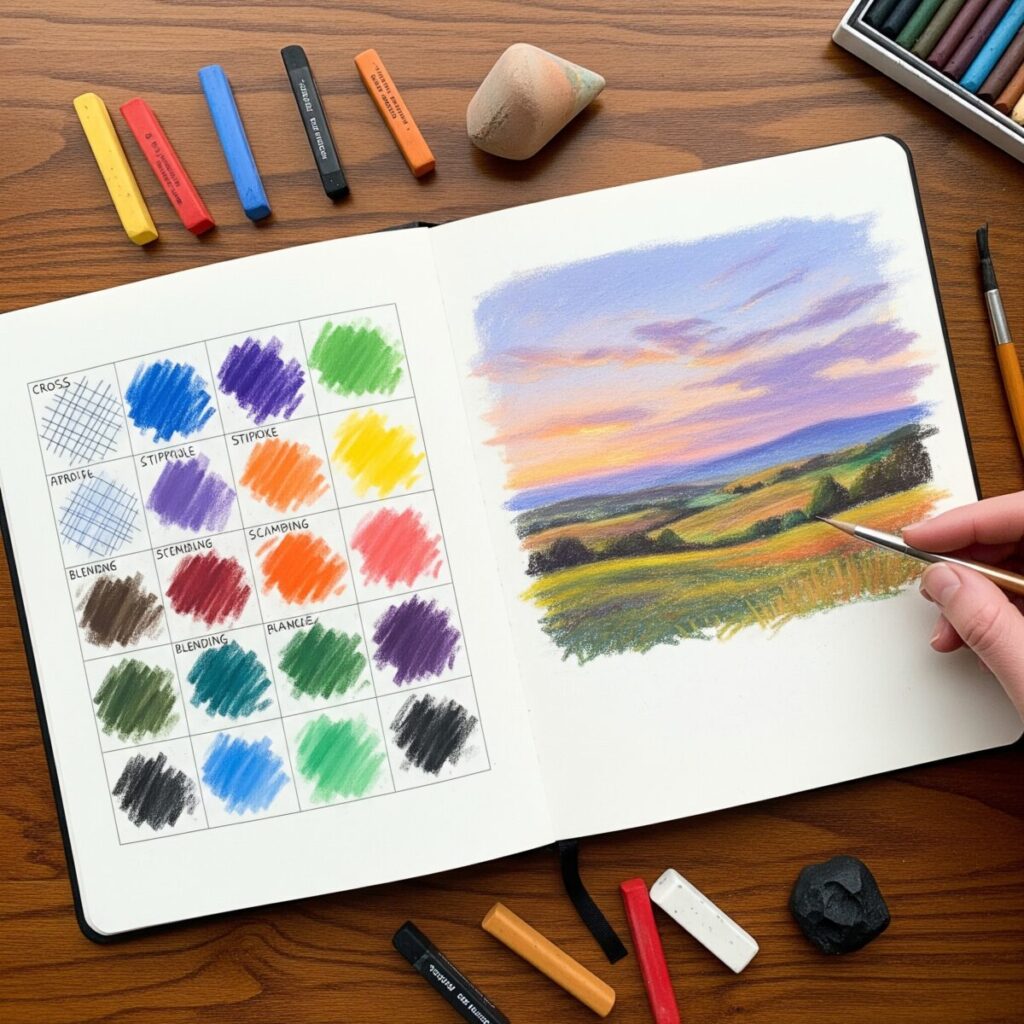Pastel painting is a captivating art form that blends drawing and painting techniques, offering a unique way to express creativity. If you’re new to this medium, don’t worry! This comprehensive guide will walk you through the essentials of pastel painting, from choosing materials to mastering basic techniques. Whether you’re a complete novice or looking to refine your skills, you’ll find valuable insights to help you create stunning pastel artworks.
Understanding Pastels: Types and Characteristics
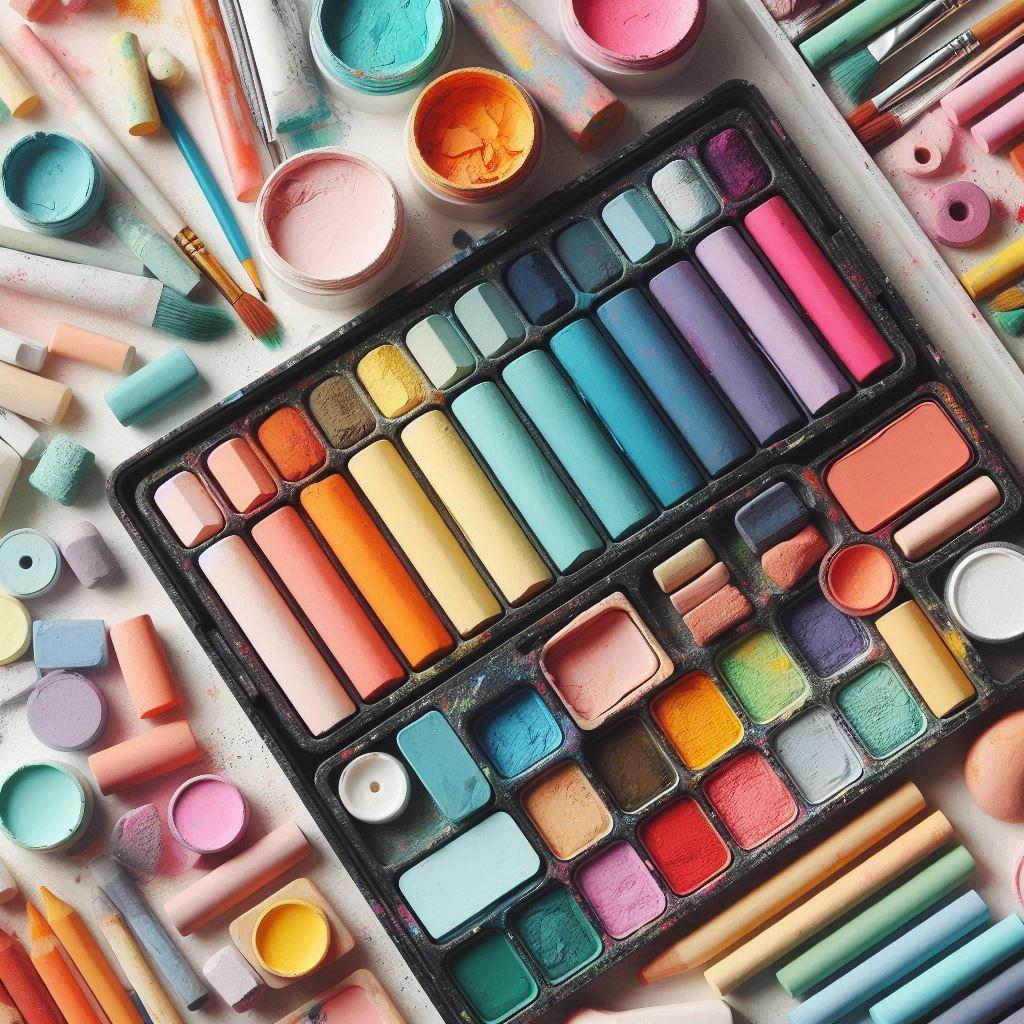
Pastels are versatile art materials that come in various forms. Let’s explore the different types:
Soft Pastels
Soft pastels are the most popular choice for pastel painting. They’re made of pure pigment mixed with a minimal amount of binder, resulting in a creamy texture that’s perfect for blending and layering. Soft pastels produce vibrant colors and are ideal for creating bold, expressive artwork.
Oil Pastels
Oil pastels have a waxy consistency and are made with pigments mixed with non-drying oil and wax binder. They’re more resistant to smudging than soft pastels and can be used on various surfaces. Oil pastels are great for creating bold, impasto-like effects.
Pan Pastels
Pan pastels are a relatively new innovation in the pastel world. They come in small, round pans and are applied with special sponge-like tools. Pan pastels are excellent for creating smooth, even backgrounds and subtle blending effects.
Choosing the Right Paper for Pastel Painting
The paper you choose can significantly impact your pastel painting experience. Here are some options to consider:
- Sanded Paper: This paper has a rough texture that grips the pastel pigments well, allowing for multiple layers.
- Pastel Paper: Specifically designed for pastel work, this paper has a slight texture and comes in various colors.
- Watercolor Paper: A versatile option that works well with both dry and wet pastel techniques.
- Velour Paper: This paper has a velvety texture that creates soft, dreamy effects.
Essential Pastel Painting Techniques for Beginners
Now that we’ve covered the basics of materials, let’s dive into some fundamental techniques:
1. Layering and Blending

Layering involves applying multiple colors on top of each other to create depth and richness. To blend, use your fingers, a blending stump, or a soft cloth to gently smudge the colors together.
2. Hatching and Cross-Hatching
These techniques involve creating parallel lines (hatching) or intersecting lines (cross-hatching) to build up texture and value in your painting.
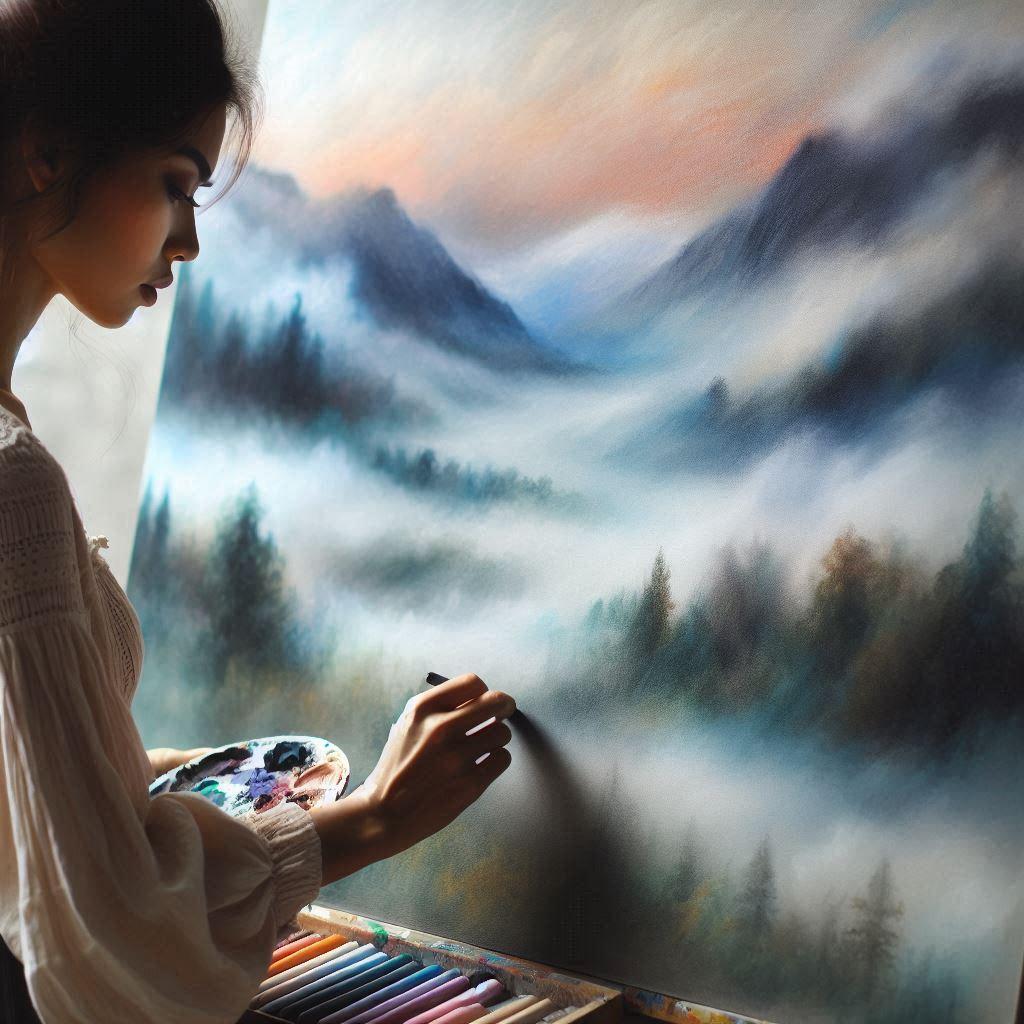
3. Scumbling
Scumbling is a technique where you apply light, circular strokes with the side of your pastel stick to create a soft, misty effect.
4. Underpainting
Start with a loose, colorful underpainting using watercolors or thinned acrylics before applying pastels. This can add depth and vibrancy to your final piece.
Tips for Pastel Painting Success
- Work from light to dark colors to avoid muddiness.
- Use fixative sparingly, as it can dull the vibrancy of your colors.
- Experiment with different paper colors to create unique effects.
- Keep your workspace clean to prevent unwanted smudging.
- Practice regularly to develop your skills and find your unique style.
Exploring Subjects for Pastel Painting
Pastels are versatile and can be used to paint a wide range of subjects. Here are some popular choices for beginners:
- Still Life: Arrange everyday objects to create interesting compositions.
- Landscapes: Capture the beauty of nature with vibrant pastel hues.
- Portraits: Explore the nuances of human expression through pastel portraits.
- Abstract Art: Let your imagination run wild with color and form.
Caring for Your Pastel Artwork
To preserve your pastel paintings:
- Frame them behind glass to protect from dust and smudging.
- Use acid-free materials for matting and backing.
- Store unframed pieces in acid-free folders or between sheets of glassine paper.
Conclusion
Pastel painting offers a world of creative possibilities for artists of all skill levels. By understanding the basics of materials, techniques, and care, you’re well on your way to creating beautiful pastel artworks. Remember, practice makes perfect, so don’t be afraid to experiment and develop your unique style. Happy painting!
Here are three valuable resources about pastel painting, each providing insights into techniques, history, and practical advice:
- How to Paint with Soft Pastel – Sophie Ploeg
This article offers a comprehensive guide on using soft pastels, including various techniques like layering and blending. It emphasizes the importance of experimenting with different brands and papers to find personal preferences in pastel painting.
Read more here - The Craze for Pastel Essay – Tate
This essay explores the historical significance of pastel painting, particularly in British portraiture. It discusses the rise and fall of pastel’s popularity and highlights notable techniques and artists from the past.
Read more here - Painting with Pastel – Nina Squire
This introduction to painting with pastels covers techniques such as using liquid mediums to enhance pastel applications. It provides practical advice for beginners and encourages exploration of various subjects.
Read more here

